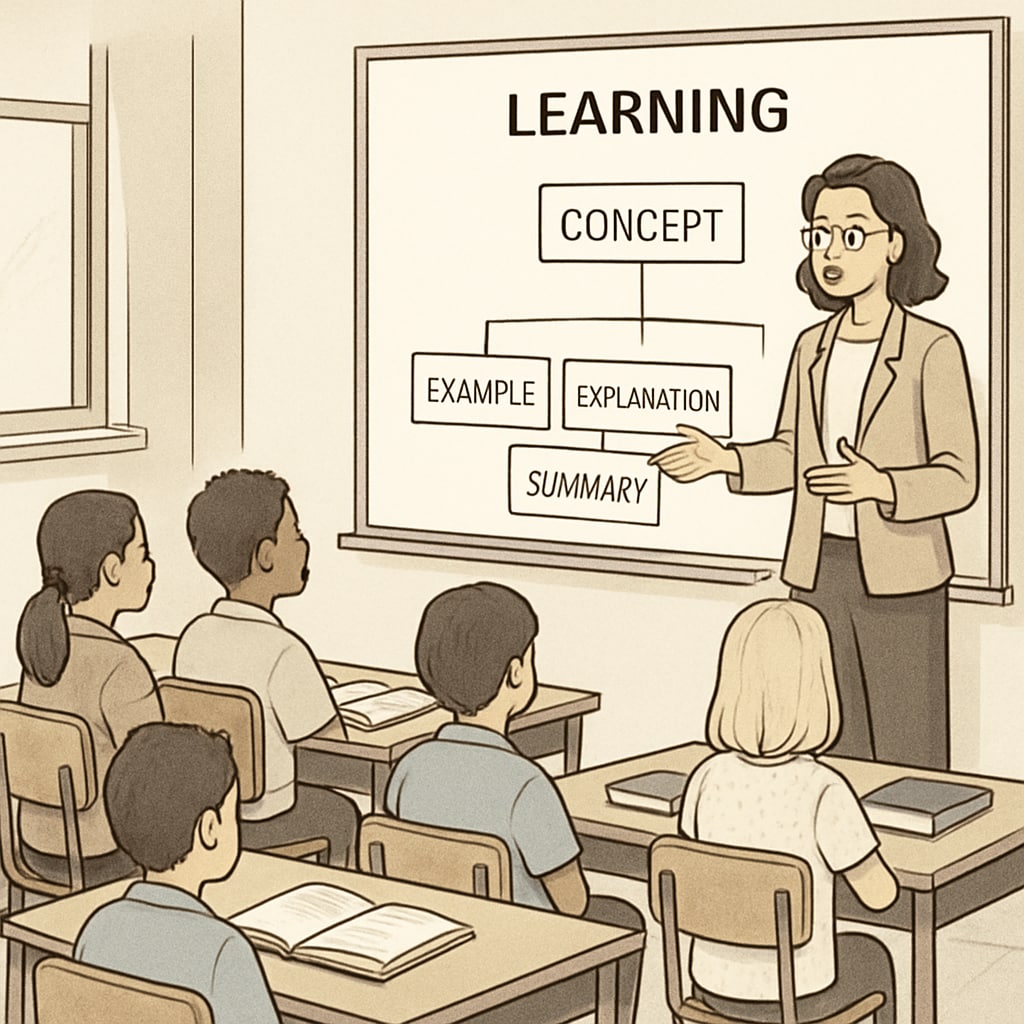In the ever-evolving landscape of K12 education, educators and parents face the challenge of selecting the most effective learning methods for their students. Two primary approaches dominate the discussion: structured learning, characterized by teacher-led instruction and predefined curricula, and self-directed learning, where students take the reins of their educational journey. Each method has its strengths and weaknesses, and finding the right balance between the two can significantly impact a student’s growth and academic success.
Understanding Structured Learning
Structured learning refers to a highly organized and pre-planned approach to education. Teachers guide students through a set curriculum, often using textbooks, assignments, and assessments to measure progress. This method ensures consistency and provides a clear framework for learning, which is especially beneficial for younger students or those who thrive in structured environments.
- Advantages: Structured learning is predictable and systematic, which helps students build foundational skills and knowledge. It also enables teachers to track student progress easily and identify areas needing improvement.
- Challenges: However, this approach can sometimes stifle creativity and critical thinking. Students may become overly reliant on external guidance, limiting their ability to learn independently.

The Appeal of Self-Directed Learning
Self-directed learning (SDL) flips the traditional model by placing students at the center of their education. This method encourages learners to set their own goals, choose resources, and assess their progress independently. Popular in progressive education systems, SDL helps foster lifelong learning habits and adaptability.
- Advantages: Self-directed learning promotes autonomy, critical thinking, and problem-solving skills. It allows students to explore their interests and learn at their own pace, which can lead to deeper engagement and motivation.
- Challenges: On the downside, not all students are equipped to manage their learning effectively without guidance. Younger or less disciplined learners may struggle with time management and goal setting.

Striking a Balance: Practical Strategies for Educators
While both structured and self-directed learning have their merits, blending the two can create a more dynamic and effective educational experience. Here are some strategies to achieve this balance:
- Personalize Learning Plans: Evaluate each student’s strengths, weaknesses, and learning preferences. Use this information to tailor a mix of structured and self-directed activities.
- Incorporate Guided Autonomy: Provide students with a clear structure initially, then gradually introduce self-guided tasks. For example, assign research projects that allow students to choose their topics within a given framework.
- Utilize Technology: Leverage educational tools and platforms to support both methods. Apps like Khan Academy offer structured lessons, while platforms like Notion can help students organize self-directed projects.
- Foster Accountability: Encourage students to set goals and reflect on their progress regularly. This practice helps them develop self-discipline while still benefiting from teacher support when needed.
When to Prioritize Structured or Self-Directed Learning
The choice between structured and self-directed learning often depends on the student’s age, developmental stage, and subject matter. For example:
- Early Education: Younger children typically benefit from structured learning to develop basic literacy and numeracy skills.
- Middle and High School: As students mature, incorporating self-directed learning can help them explore interests and prepare for higher education or careers.
- Subject-Specific Needs: Subjects like math and science often require structured approaches to build foundational understanding, while creative subjects like art or literature lend themselves well to self-direction.
Ultimately, the goal is to equip students with the tools and confidence to transition seamlessly between structured environments and self-guided exploration.
The Future of Learning: A Hybrid Approach
As education continues to evolve, the lines between structured and self-directed learning are becoming increasingly blurred. Hybrid models, which integrate the best of both worlds, are gaining traction in schools worldwide. For example, flipped classrooms combine structured lessons with independent research, while project-based learning allows students to apply structured knowledge in self-directed ways.
By embracing a hybrid approach, educators can prepare students to adapt to diverse learning contexts, both in and out of the classroom. This adaptability is crucial in a rapidly changing world, where lifelong learning is no longer optional but essential.
In conclusion: The debate between structured and self-directed learning is not about choosing one over the other but finding the right balance based on individual student needs and educational goals. By combining these methods thoughtfully, we can create a more inclusive and effective learning environment for all.


